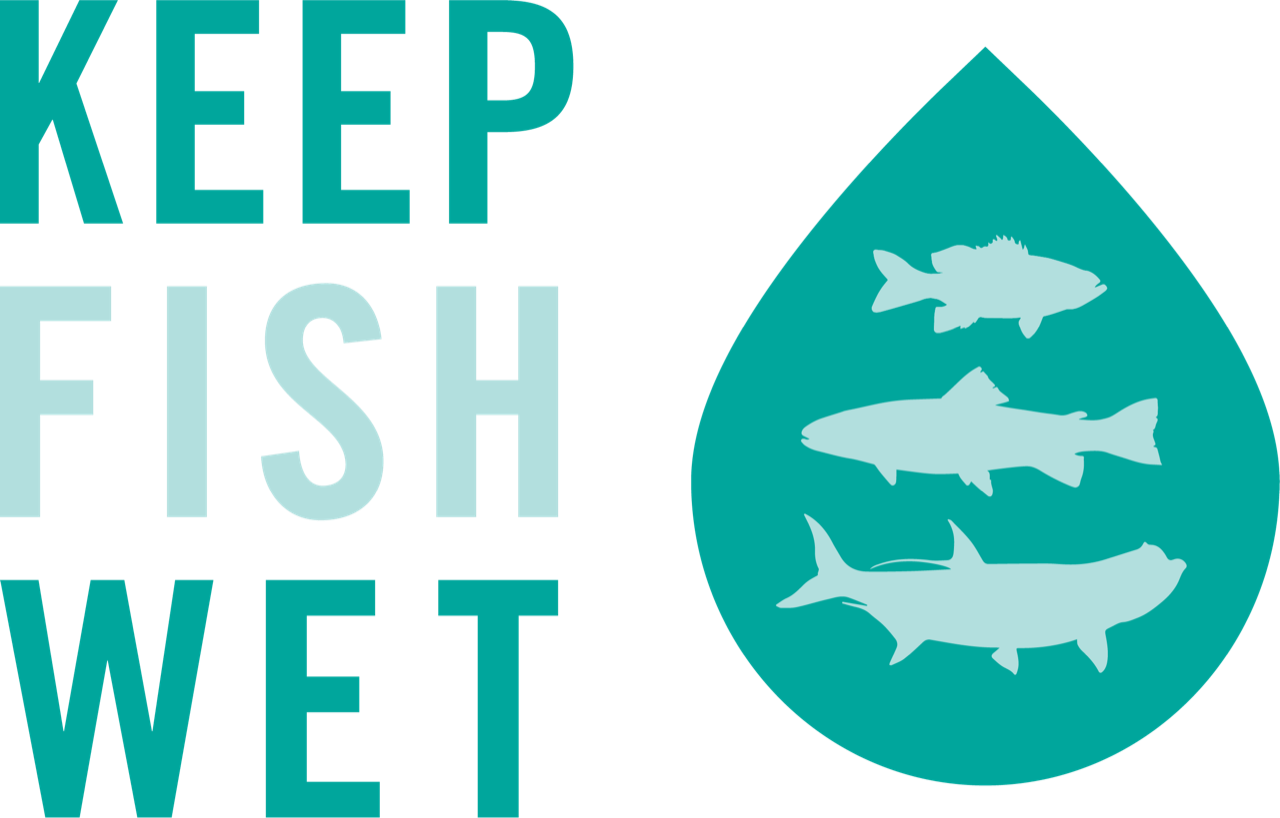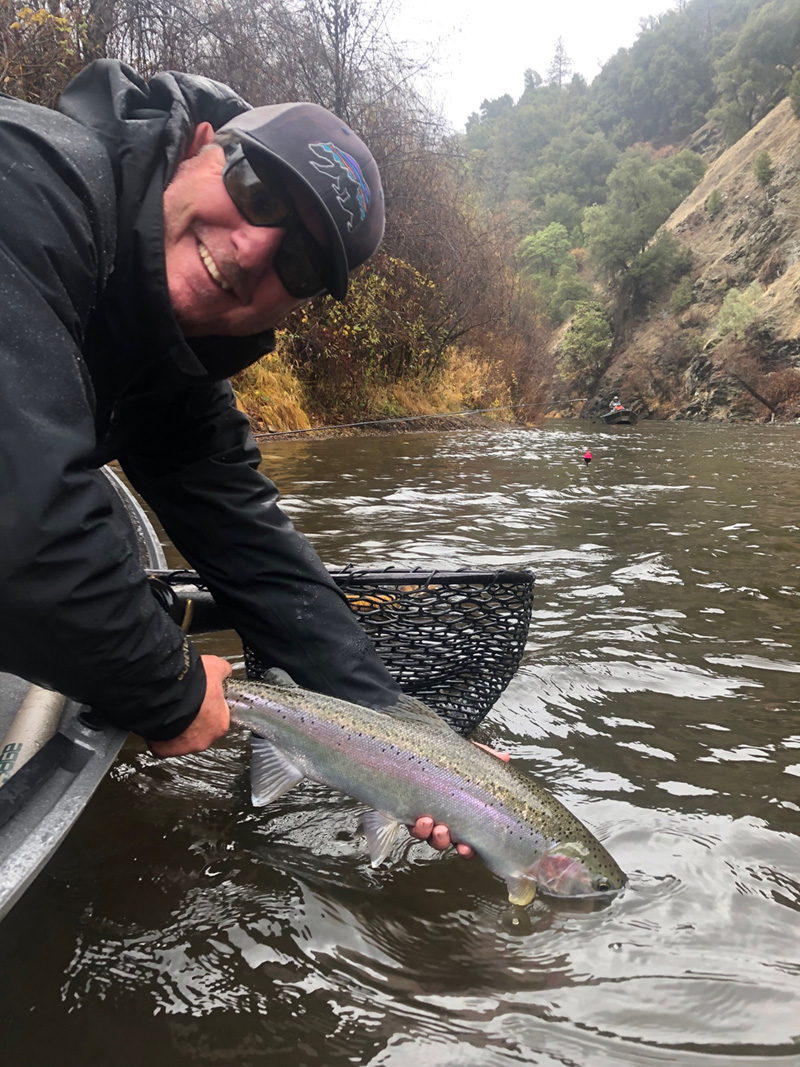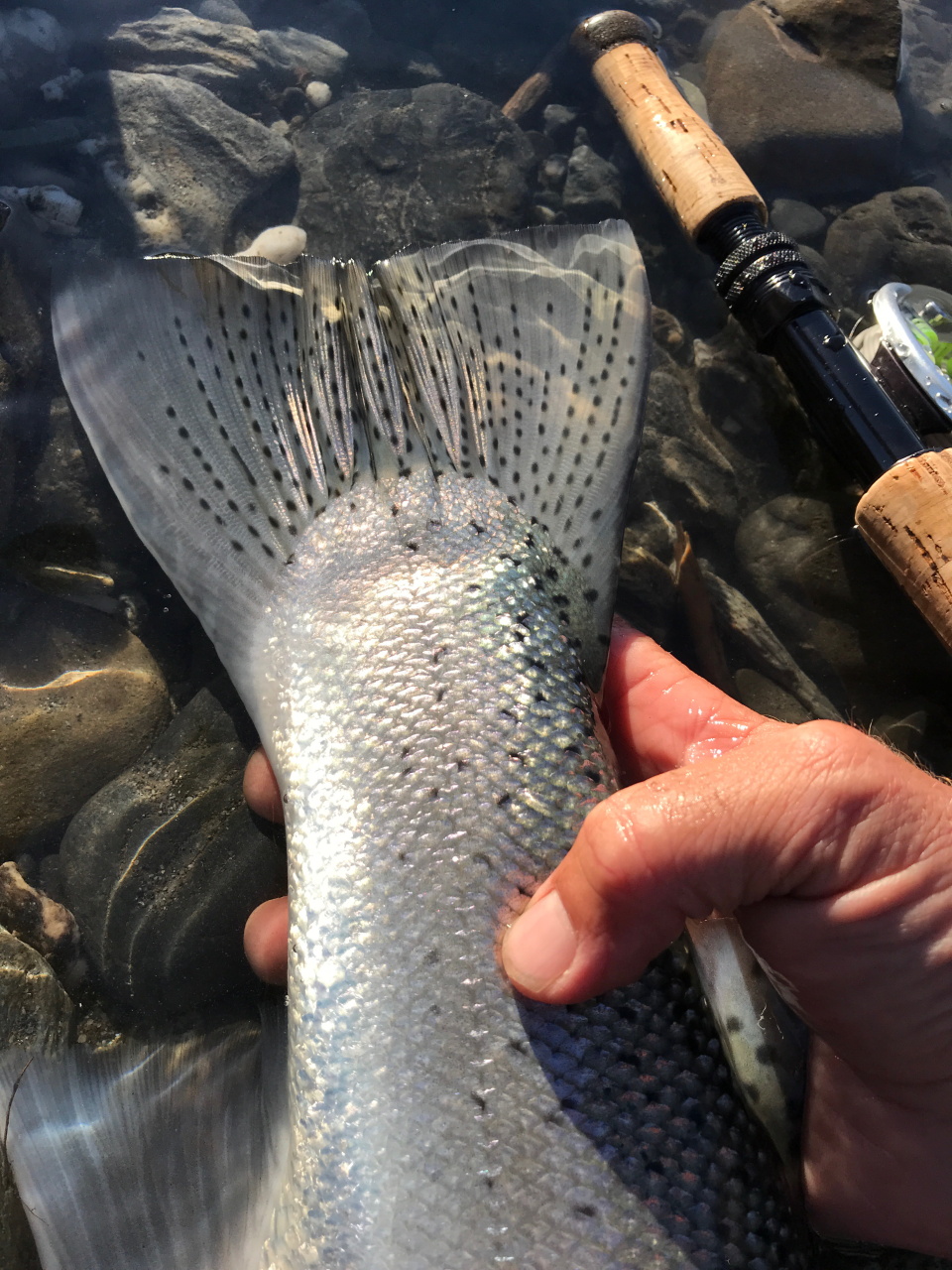It’s Wednesday’s Wild and Wet Winter … a California Trout, Keepemwet Fishing and Lost Coast Outfitters initiative celebrating California’s wild winter steelhead.
This week we take a look at recent work from BC.
Recreational fisheries for steelhead are primarily catch-and-release, including the famed run of the Bulkley River, BC. The success of catch-and-release as a conservation tool is based on the premise that released fish survive and do not suffer any negative consequences.
Science has shown, however, that angler behavior can have dramatic influences on the outcome of catch-and-release angling, and that research is needed that specifically focuses on wild steelhead to identify opportunities for refining handling practices to ensure the best outcomes for fish.
Work was conducted alongside volunteer anglers on the Bulkley River to study wild steelhead from Sept 2016 to April 2017. During this time, 126 wild steelhead were caught and used in one of two studies on the impacts of catch-and-release.
Summary of Results:
Fight Time and Landing Method
Fight times were 27% longer when fish were landed by tail grab compared to netting, but there were no influences of fight time on any measure of physiological or behavioral stress
Air Exposure
Air exposure durations of 10 seconds and 30 seconds increased reflex impairment and short-term downstream movement (both of which are indicators of stress) of steelhead
Fish that were not air exposed (0 seconds) did not show either of these signs of stress
Water Temperature
At higher water temperatures, fish show higher levels of stress
Survival
Deep hooking was the most common reason for steelhead mortality, but only occurred in 2.3% of fish
Overall steelhead survival from catch-and-release was approximately 95%
Angler Takeaways:
Anglers should minimize air exposure—ideally to less than 10 seconds
We also advise anglers to be more delicate with fish (reduce air exposure and handling) when water temperatures are warmer
More info on this summary and the complete report can be found at:
https://www.keepemwet.org/keepemwet-news-1/2018/4/2/bulkley-steelhead-catch-and-release-project
-----------------------------------------------------------------------------------------------------------
CalTrout: to learn more about California winter run steelhead
Keepemwet Fishing: to learn more about Keepemwet principles
Lost Coast Outfitters: blog on many things fly fishing related














